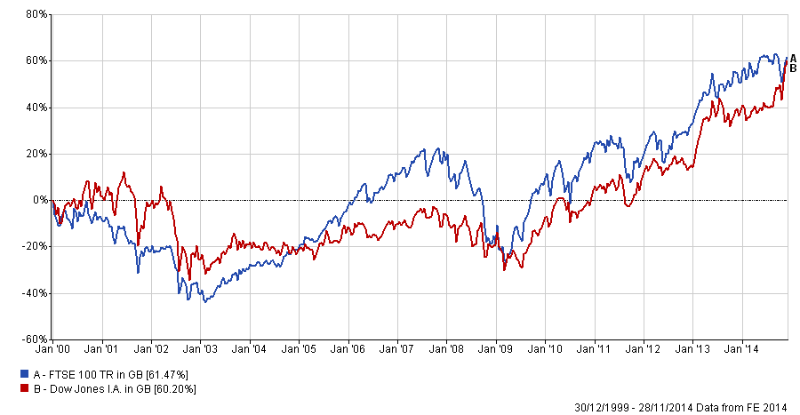In the run up to the changes to pension legislation, much of media (and political) coverage focused on costs and freedom. On the one hand, Ed Miliband seemingly couldn’t mention pensions without also using the term ‘rip off’ (Telegraph, Guardian, FTAdviser) whereas on the other, it would appear that Lamborghini (BBC) would be very busy come April….
5th April 2015 came and went and not a great deal changed for many – other than the small matter (for those interesting in facts rather than) that pensions suddenly became significantly more flexible and, potentially, even more tax effective.
Prior to April, pensions were primarily used to provide income in retirement; either a guaranteed income (an annuity) or an income which isn’t guaranteed but could potentially be paid at a higher level (drawdown).
Pensions, therefore, were all about providing an income stream and they essentially helped people defer income until a later date (and hopefully to a time where they pay less tax).
On death, funds in payment would either be taxed heavily (55% on lump sum death benefits in drawdown), potentially lost (if no death benefits were arranged on an annuity) or paid to a dependent. Dependent here being the key word – once benefits were drawn, the scope to pass on benefits became restricted and, potentially, subject to significant tax.
Moving on, we’re now in a new world….. two key things have changed.
Firstly, pensions do not have to provide income – funds can be withdrawn as the recipient sees fit and whilst the technicalities of this are outside the scope of these musings, the principle is that a quarter of those funds are tax free and the rest is taxable as income – irrespective of whether that ‘income’ is taken on the drip or as a lump sum.
At a stroke, this opened up control and flexibility…. and in turn, tax management opportunities.
Someone in semi retirement can top up their income using their private pension whilst they wait for the state pension date to arrive and if personal income tax allowances aren’t being fully used, funds can be withdrawn and whilst taxable, the proceeds would be tax free as far as they fall within the personal allowance (See here).
This also removed what could sometimes be seen as a hurdle to pension planning – the notion that you lose control of capital – whilst the fact remains that benefits can’t currently be accessed until 55 years of age at the earliest, thereafter access and control awaits the investor.
Secondly, there is much more control, choice and potentially tax effectiveness with regard to lump sum death benefits. For starters, if death occurs prior to 75 years of age all death benefits are now tax free – potentially saving the beneficiaries of those in drawdown a 55% tax charge on lump sum death benefits OR avoiding income tax where benefits are received on the drip.
Alongside that, it is now the case that income can be passed to non-dependents – anyone in fact – providing the provider permits it and you make the necessary arrangements to request it. What’s more, there is no tax charge on the transfer of assets to the beneficiary – giving them scope to ‘inherit’ the pension fund.
This therefore opens up the notion of ‘family pensions’ where funds could cascade between generations – something many may well see as a useful development.
Therefore rather than funds heading for the exits, our experience is quite the opposite – pensions are now even more tax effective than ever. Not only do payments attract Government tax relief, the funds still grow tax effectively and are generally are not liable to Inheritance Tax.
Once withdrawals are needed, a bit of planning can help to mitigate income tax as far as is possible – with funds now being withdrawn as and when needed.
As time moves on, there should be peace of mind that, when the time comes, the funds can pass on to other generations – providing the necessary steps are taken by the policy holder to arrange this – potentially giving the beneficiaries a head start to their own retirement planning.
The very nature of pensions has therefore changed and for many they may well need to look again at the opportunities they bring and whilst the treatment of their funds on death may be at the back of their thoughts, this may in fact need closest attention given that unless adequate steps are taken, the beneficiaries of the funds may find that they are unable to take advantage of the new rules.
Therefore rather than getting overly excited about sports cars or getting depressed about ‘rip off charges’, perhaps the message should be much more positive – financial planning has suddenly been blown wide open and, more than ever, people have the opportunity to live the retirement life they have perhaps always dreamed of.


